From Visa Violations to Industrial Strains: What the Hyundai-LG Battery Plant Raids Reveal
Input
Changed
U.S. Homeland Security Investigations Arrests 475, Including Koreans Worked on Construction Sites Without Proper Work Visas Did Illegal Subcontracting and Limits of U.S. Industry Fuel Undocumented Immigration?
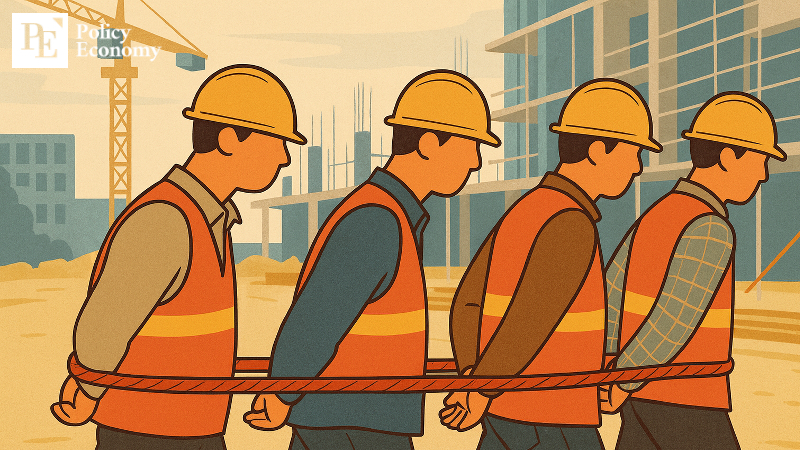
The U.S. government carried out an immigration enforcement operation at the construction site of the Hyundai Motor–LG Energy Solution joint battery plant in Georgia, arresting hundreds of Korean nationals. Many were found working at the site without proper work visas. Analysts say the incident stems from the multilayered subcontracting structure of Korea’s construction industry, combined with the uniquely low productivity of the U.S. industrial sector.
U.S. Cracks Down on Undocumented Workers
On the 5th (local time), Steven Schrank, special agent in charge of Homeland Security Investigations in Atlanta, announced at a press conference that 475 people had been arrested. “This investigation is focused on holding violators accountable and upholding the rule of law,” he said, adding, “A majority of those arrested were South Korean nationals. While we don’t yet have exact figures by nationality, we expect to have that data soon.” According to company sources and industry reports, more than 300 of those detained are believed to be Korean.
Most of the detainees are thought to be employees of contractors working on the Hyundai Motor–LG Energy Solution battery plant project. Many reportedly entered on B-1 visas—intended for business meetings or contract work—or under the Electronic System for Travel Authorization (ESTA), rather than obtaining proper work visas. Schrank confirmed that all 475 people arrested were either residing in the United States illegally or had violated their visa status by working unlawfully.
The arrests follow a large-scale immigration enforcement operation by U.S. Immigration and Customs Enforcement (ICE) and Homeland Security Investigations at the Hyundai–LG battery plant construction site in Savannah, Georgia. The crackdown aligns with President Donald Trump’s core policy stance. Throughout his campaign, Trump argued that immigrants were taking jobs from American workers and made immigration enforcement a central pledge. Since his return to office, his administration has carried out sweeping operations targeting undocumented labor.
A Consequence of Layered Subcontracting?
This is not the first time Korean workers have been arrested at overseas construction sites over visa violations. In September 2020, 13 Korean laborers working on SK Battery America’s plant in Commerce, Georgia—a subsidiary of SK Innovation—were detained after being found on site with only Electronic System for Travel Authorization (ESTA) permits instead of work visas. They later left the country voluntarily. Such incidents highlight what many see as a chronic issue within Korea’s construction industry.
Observers point to Korea’s unique multi-tier subcontracting structure as a root cause. The industry’s “layered subcontracting” has long been criticized as a systemic weakness that undermines related sectors. At construction sites, these arrangements are generally divided into three categories: small team leaders, site managers, and recruitment brokers—all of whom subcontract work to unregistered crews. Small team leaders typically manage groups of around five workers and handle on-the-ground construction. Site managers oversee larger teams and distribute work among smaller units. Recruitment brokers do not participate in construction but instead supply laborers, collecting fees in the process.
Subcontractors that re-sublet work are incentivized to cut costs in order to preserve margins. A construction industry official explained, “In the U.S., obtaining work visas takes considerable time and involves strict requirements. Following the formal process makes it virtually impossible to send large numbers of low-cost Korean workers.” The official added, “If layered subcontracting was in play at this site, subcontractors likely found it more advantageous to save on visa costs and time, even if that meant workers were hired without proper permits.”
Structural Limits of U.S. Industry
Some analysts argue that the latest controversy also reflects fundamental weaknesses in the U.S. industrial sector. One market observer noted, “The U.S. manufacturing system has significantly declined, as companies have opted for offshoring in production while focusing resources on high-margin areas like software development and product design.” The observer added, “Recreating Asia’s production model in the U.S. would require massive capital investment. Even in construction, it is more cost-effective to rely on Asian labor forces, which already have established systems, than to build a comparable ecosystem in the U.S.”
The limits of U.S. manufacturing were also evident in this year’s debate over a so-called “Made-in-America iPhone.” In April, President Donald Trump declared a “Day of Liberation,” boasting that sweeping tariffs would revive American factories and create domestic jobs. The vision was that tariffs would force companies to reshore production, employing millions of Americans in the process.
But experts quickly dismissed the idea as unrealistic. Dan Ives, head of global technology research at Wedbush Securities, called the claim “a fantasy,” warning that producing iPhones in the United States would triple their current price of around $1,000. The reason, he explained, is the extreme complexity of Asia’s established manufacturing ecosystem, which cannot easily be replicated in the U.S. Analysts also estimate that even shifting just 10% of Apple’s supply chain to the U.S. would require about $30 billion in investment and take more than three years to achieve.

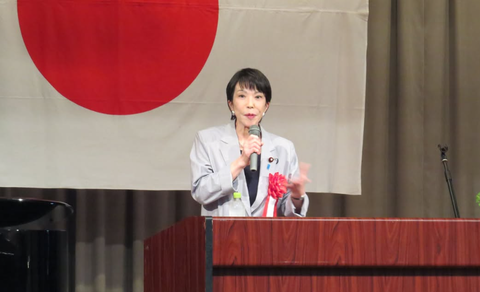


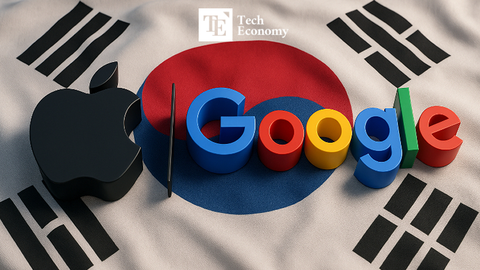
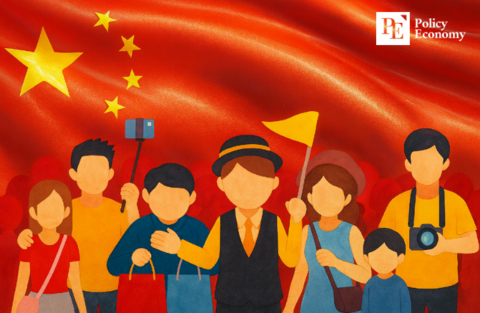
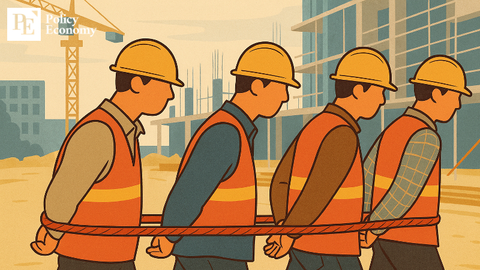
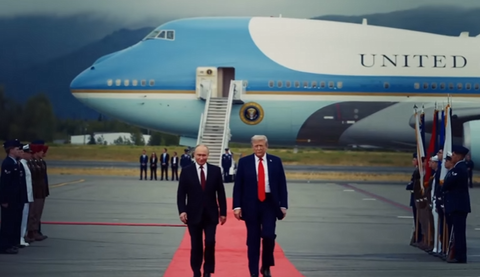
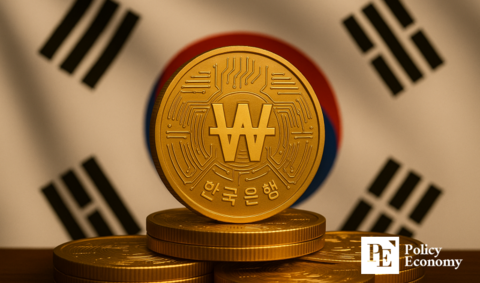
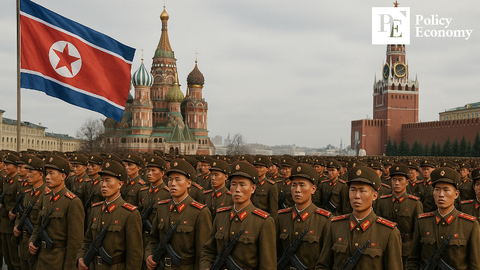












Comment